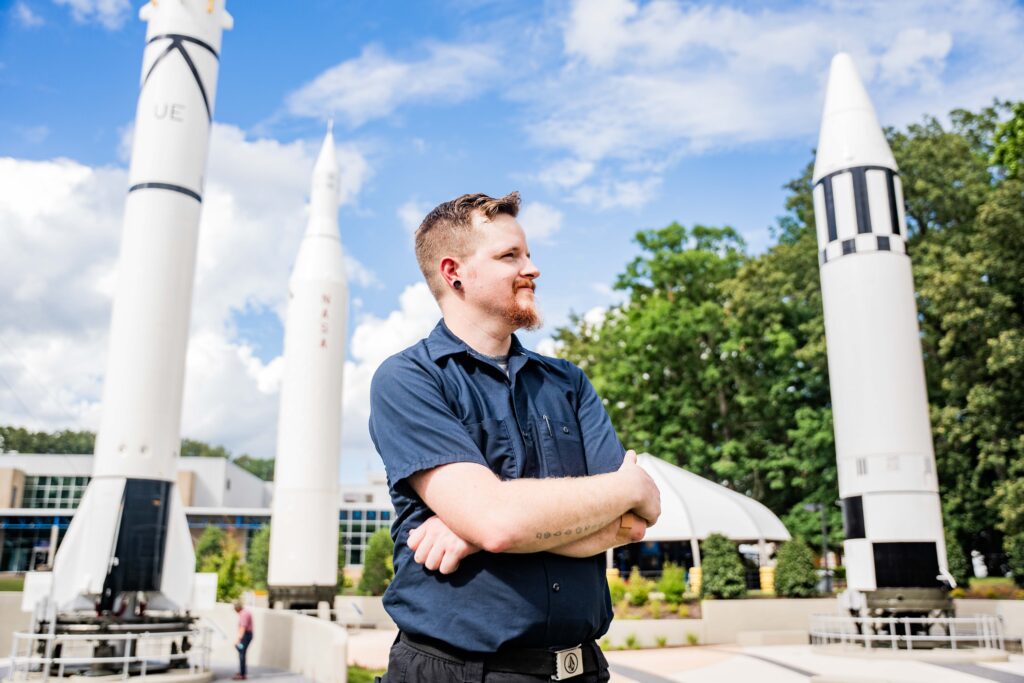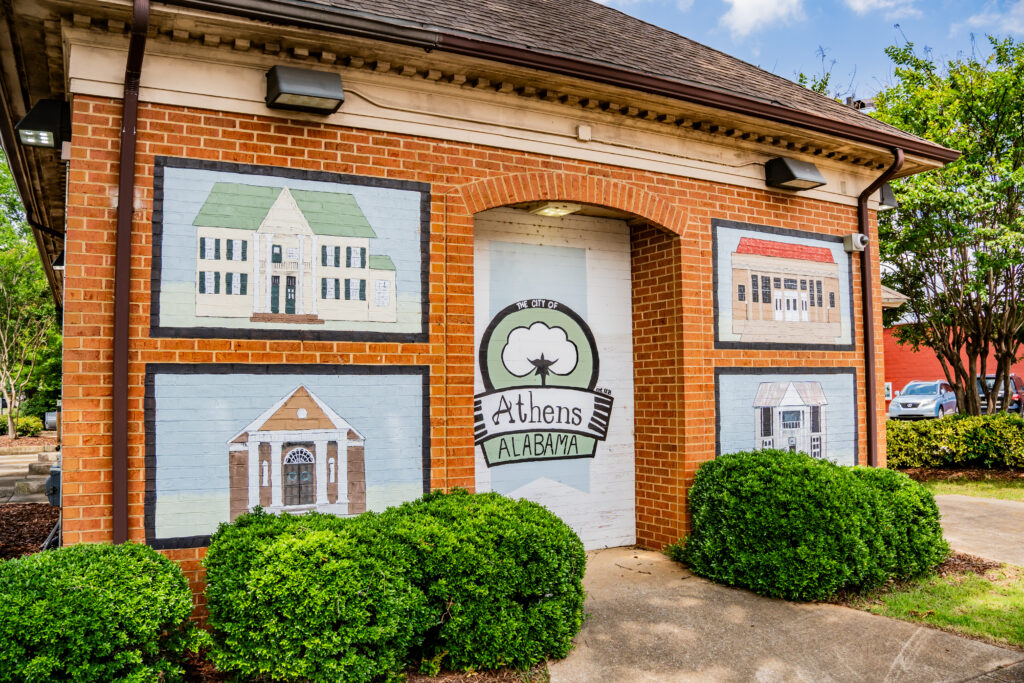Supermoon, meteor shower, Saturn highlight amazing celestial week
Reading time: 4 minutes

This week, Huntsville sky-watchers will be treated to quite a scene, celestially speaking. The last supermoon of the year will occur Aug. 11, and the Perseid Meteor Shower, known for its bright meteors, will peak Thursday through Saturday, August 11-13. On Aug. 14, Saturn will be visible in the night sky.
Read more about how and when to view these celestial events:
The ‘Sturgeon Moon’

Nicknamed the “Sturgeon Moon,” August’s full moon is the fourth and last supermoon of the year. For those who may not be as astronomically inclined, a supermoon occurs when the moon is at its closest point along its orbit to Earth—also known as perigee—at the same time as a full moon, making the full moon appear much brighter than normal.
Supermoons can appear larger and up to 16 percent brighter in the sky than the average full moon.
Here are a few quick facts about the Sturgeon Moon:
- It peaks around 8:36PM on Thursday, although the moon will appear bright and full on Wednesday and Friday night as well.
- The Sturgeon Moon will be the fourth supermoon in a row, following the Buck Moon in July, the Strawberry Moon in June and the Flower Moon (which also featured a total lunar eclipse) in May.
- The Sturgeon Moon’s name comes from the Algonquin tribes of what is now eastern North America, as large sturgeon fish were more easily caught in the Great Lakes at this time of year.
- The next full moon peaks on Saturday, Sept. 10. That moon is typically called the Harvest Moon.
The Perseid Meteor Shower

The Perseid Meteor Shower occurs every year from mid-July to late August. This year the shower will peak between Aug 11-12, according to the American Meteor Society.
Here is what you should know about the Perseid Meteor Shower:
- According to the AMS, the Perseids are caused by Earth passing through debris left behind by Comet Swift-Tuttle which last passed close to Earth in 1992.
- The 2022 Perseids won’t be quite as spectacular as they were in 2021, due to the brightness of the Sturgeon Moon.
- Most of the Perseids are tiny, about the size of a grain of sand.
- From Earth’s perspective, the Perseids appear to come approximately from the direction of the Northern Hemisphere constellation Perseus.
- The best time to look for the meteors is in the pre-dawn hours.
- To best see the Perseids, go to the darkest possible location. You won’t need a telescope.
See Saturn at opposition

Aug. 14, shortly after the full moon and the peak of the meteor shower, sky-watchers will get their best chance all year to see Saturn with the naked eye when it reaches opposition on Aug. 14.
Opposition occurs when the Earth ends up between a planet and the sun, and for Saturn, this occurs once every year. Here’s some more info:
- During opposition, Saturn will appear brighter and larger than usual, but observers will still need a telescope or binoculars to get a good look.
- Saturn will rise in the east at sunset and can be found in front of the constellation Capricornus.
- After Aug. 14, watchers will still be able to find and watch Saturn as it slowly shifts west across the night sky through January 2023.
Good locations for skywatching in North Alabama

Alabama’s undeveloped and rural areas, which are less affected by light pollution, can be good examples of “dark sky” locations ideal for nighttime sky viewing. Finding a secluded spot is the best place to view these celestial events.
Here are a few prime locations for skywatching this week in the Huntsville area and North Alabama:
- Von Braun Observatory in Monte Sano State Park
- Certain Tract (off Cecil Ashburn in Huntsville)
- Wheeler Wildlife Refuge in Decatur
- Cathedral Caverns in Marshall County
- University of North Alabama Planetarium
Make sure you’ve subscribed to the Hville Blast newsletter so you don’t miss a thing going on in the area.



